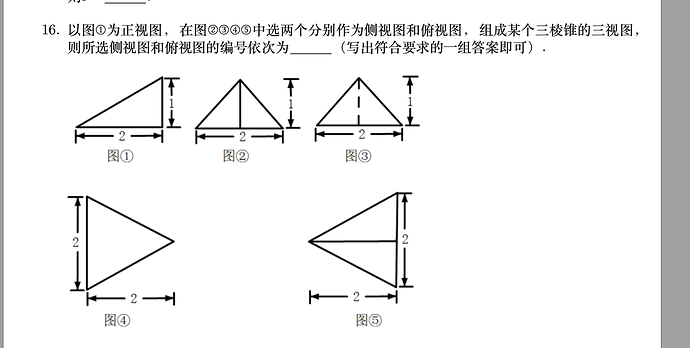- Support GNU/Linux (backport a bug fix by Philippe Joyez)
- A debian packager script (
cmake/build_deb.sh) - Shortcut to insert ①②③ . . . ⑩ for Chinese documents, eg.
1@to insert ① - Demo documents: math part of Chinese College Entrance Examination in 2021 and three poems
This version of Mogan is for publicity, especially for math teachers in China!

